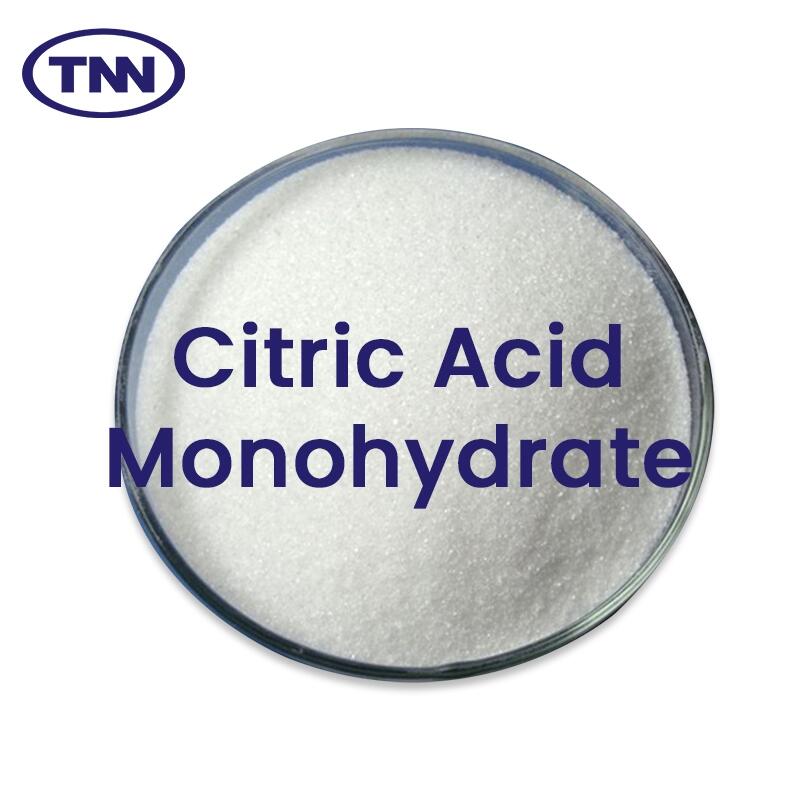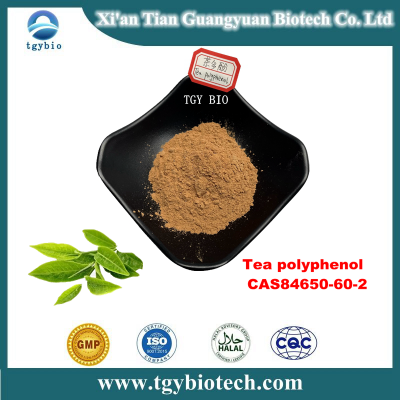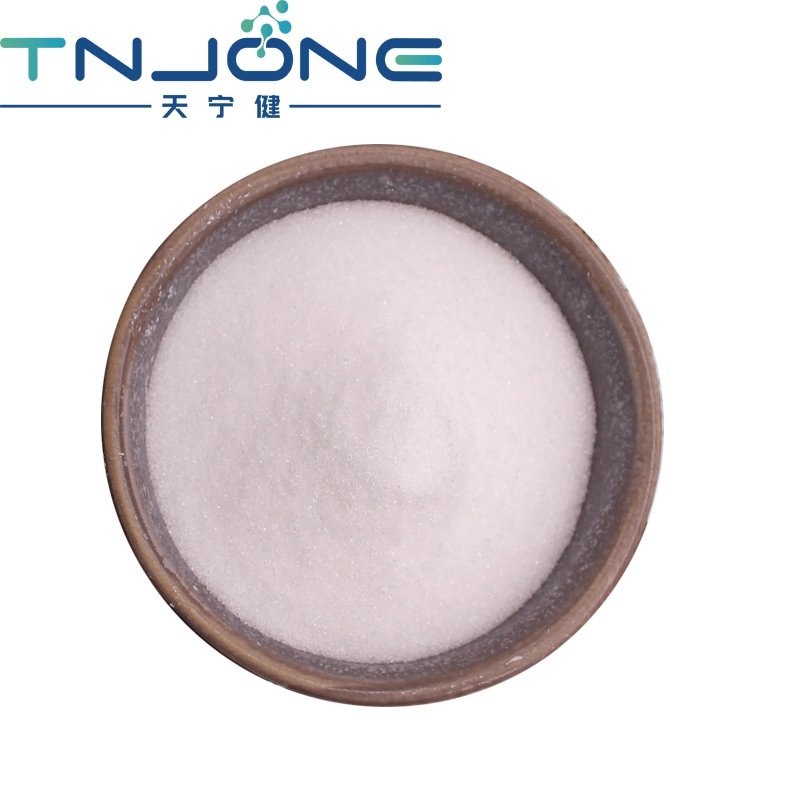-
Categories
-
Pharmaceutical Intermediates
-
Active Pharmaceutical Ingredients
-
Food Additives
- Industrial Coatings
- Agrochemicals
- Dyes and Pigments
- Surfactant
- Flavors and Fragrances
- Chemical Reagents
- Catalyst and Auxiliary
- Natural Products
- Inorganic Chemistry
-
Organic Chemistry
-
Biochemical Engineering
- Analytical Chemistry
-
Cosmetic Ingredient
- Water Treatment Chemical
-
Pharmaceutical Intermediates
Promotion
ECHEMI Mall
Wholesale
Weekly Price
Exhibition
News
-
Trade Service
Nitrate and nitrite, as color-forming agents for meat products, play an important role in the production process of cured meat, which is conducive to improving the color of meat products, making meat products appear bright rose red, and can effectively inhibit some spoilage bacteria and growth of pathogenic bacteria
natural food alternatives
Egg yolk powder Egg yolk powder is one of the new coloring agents for meat products.
Celery Powder Celery contains a variety of vitamins, minerals and flavonoids and is a natural reservoir of nitrates with a nitrate content of 2100 mg/kg
Natural condiments Onions, garlic, and onions are natural condiments
color replacement
Monascus red pigment Monascus red pigment, namely monascus pigment, is a secondary metabolite of Monascus
As a coloring agent for meat products, the production cost of monascus red pigment is too high, and its purification and photostability, as well as the potential harm (citrinin) in monascus red pigment are the main factors affecting the expansion of application of monascus red pigment
Beet red Beet red, also known as beet root red, is a natural pigment, the main components are beet anthocyanins and beetaxanthin
Lycopene Lycopene is a natural carotenoid that exists in tomatoes, watermelons, peppers and other fruits and vegetables.
Annatto Annatto is a natural pigment extracted from the peel of the annatto tree
Nitrosohemoglobin Nitrosohemoglobin is synthesized from the hemoglobin of livestock and poultry blood to produce nitrosohemoglobin
Compound formula replacement
Sodium carbonate and five-carbon sugar studies have found that sodium carbonate and five-carbon sugar (xylose), 10%-30% nicotinamide or vitamin C are added to pork, beef and poultry ham as color aids; Accelerates the speed of the color reaction, among which sulfur-containing amino acids work best
Ethyl maltol and ferric citrate Ethyl maltol is a flavoring agent prepared by fermentation of starch, and ferric citrate is a nutritional fortifier
L-ascorbic acid and nicotinamide L-ascorbic acid and nicotinamide are the more commonly used food coloring aids
biological colorant
Biological chromogens have gradually become a research hotspot in recent years
Lactic acid bacteria are Gram-positive bacilli that do not produce spores and can produce lactic acid.
The application of salt-tolerant lactic acid bacteria in the processing of cured meat can inhibit the growth of spoilage bacteria, effectively improve the storage performance of meat products, reduce the generation of nitrite, and have good color development, which also brings a unique flavor to cured meat products
Nisin is a polypeptide.
As a preservative, it has the characteristics of natural, high efficiency and non-toxicity.
It has a good bacteriostatic effect on Gram-positive bacteria in food spoilage bacteria, but its antibacterial spectrum is narrow, so it cannot be substituted alone.
Nitrite
.
Staphylococcus meatus is widely used in fermented meat products and has nitrate reductase activity.
It can reduce nitrate to nitrite at 15°C to 200°C, and the conversion efficiency is higher at 300°C
.
Methemoglobin can be converted to red myoglobin derivatives in both culture medium and meat matrix
.
Some scholars have inoculated staphylococcus in sausage to partially replace nitrite and observed the color of the sausage, and the obtained sausage has good color
.
Research on nitrite substitutes in meat products has been carried out by scientific researchers
.
However, so far, no single substance has been found to replace the effect of nitrite in cured meat products, and the research results are limited to the bacteriostatic effect or color development effect of a single replacement of nitrite, while the replacement effect of compound additives is relatively lower than that of single substance replacement.
Works well
.
Based on natural flavors, natural pigments, and biological bacteria (staphylococcus, salt-tolerant lactic acid bacteria), it is feasible to partially replace nitrite as a coloring agent for meat products.
Future research can try to combine natural flavors, natural pigments and biological bacteria.
Compound use or find other new meat products biological bacteria and their metabolites as coloring agents, in order to achieve the purpose of color development, low nitrification, safety, and even reduce the production cost of meat products and increase the taste and flavor of the product
.
(Guo Zhuozhao)
"China Food News" (version 06, June 28, 2021)
(Editor-in-charge: Yang Xiaojing)







